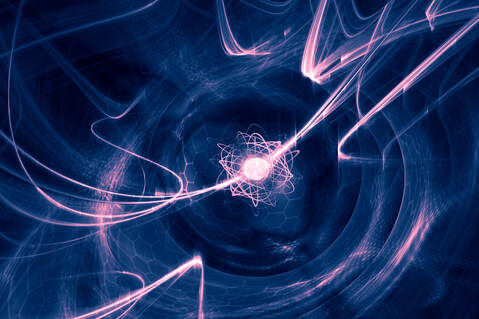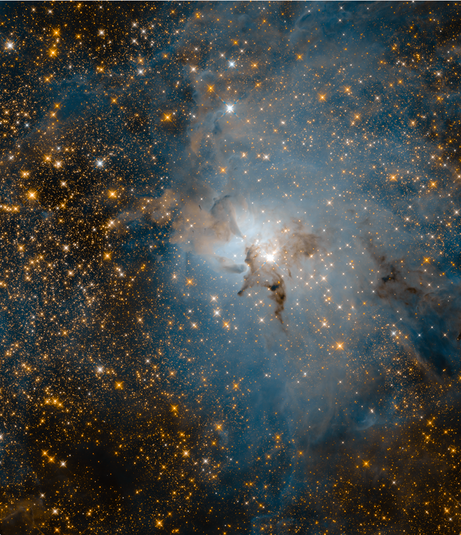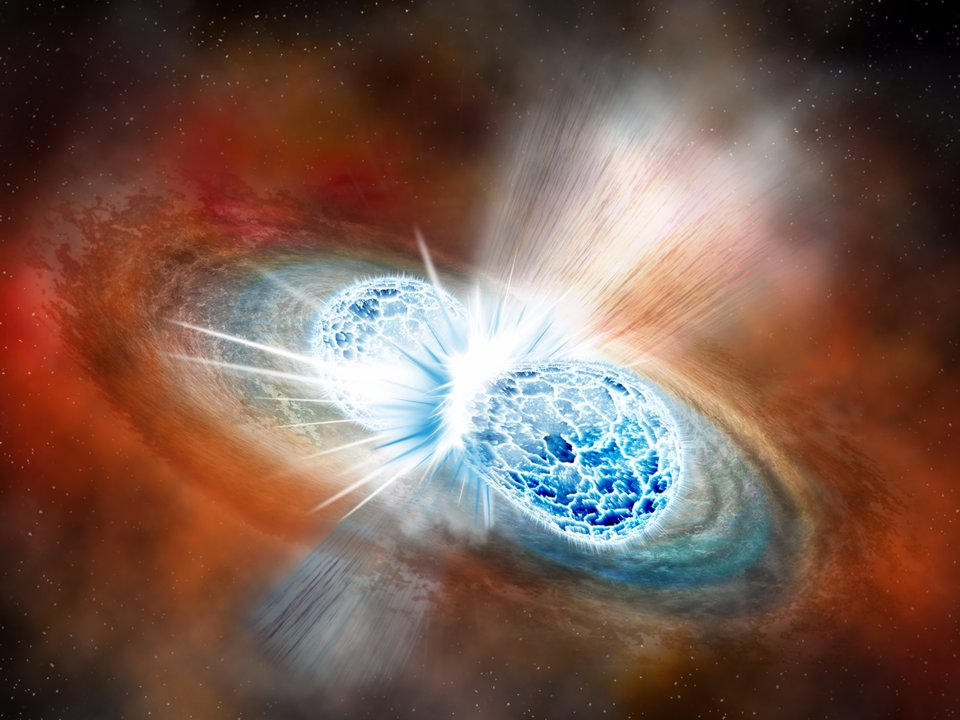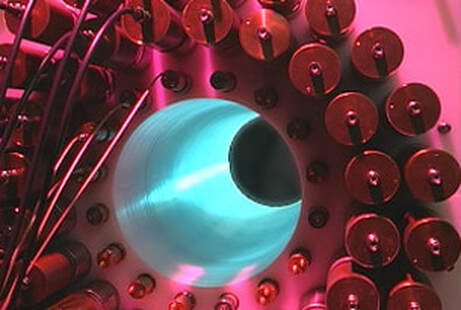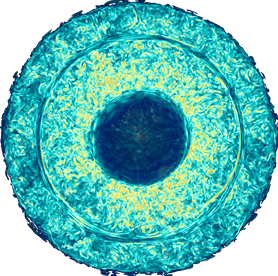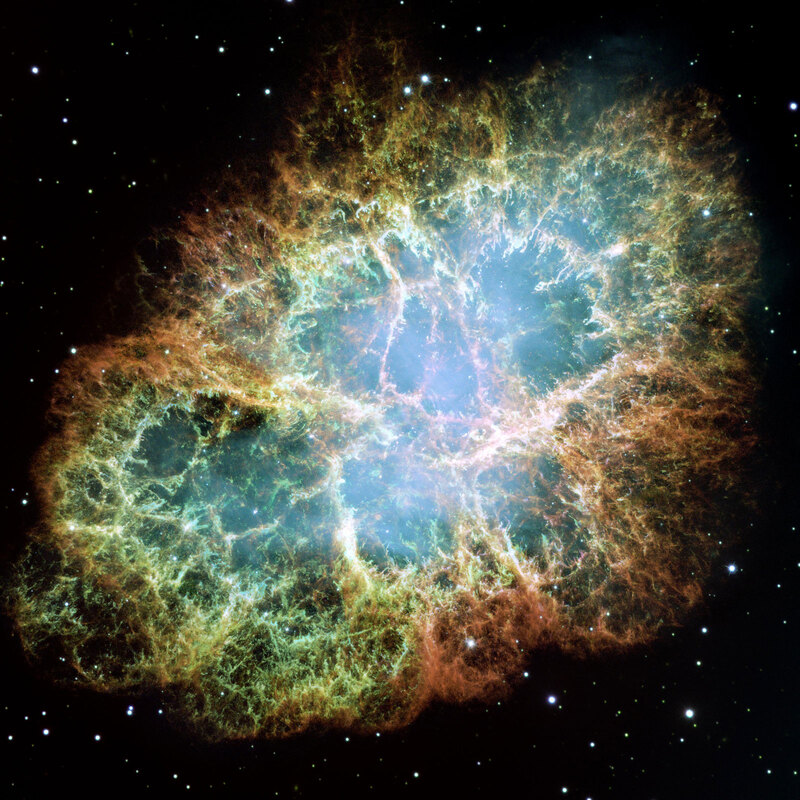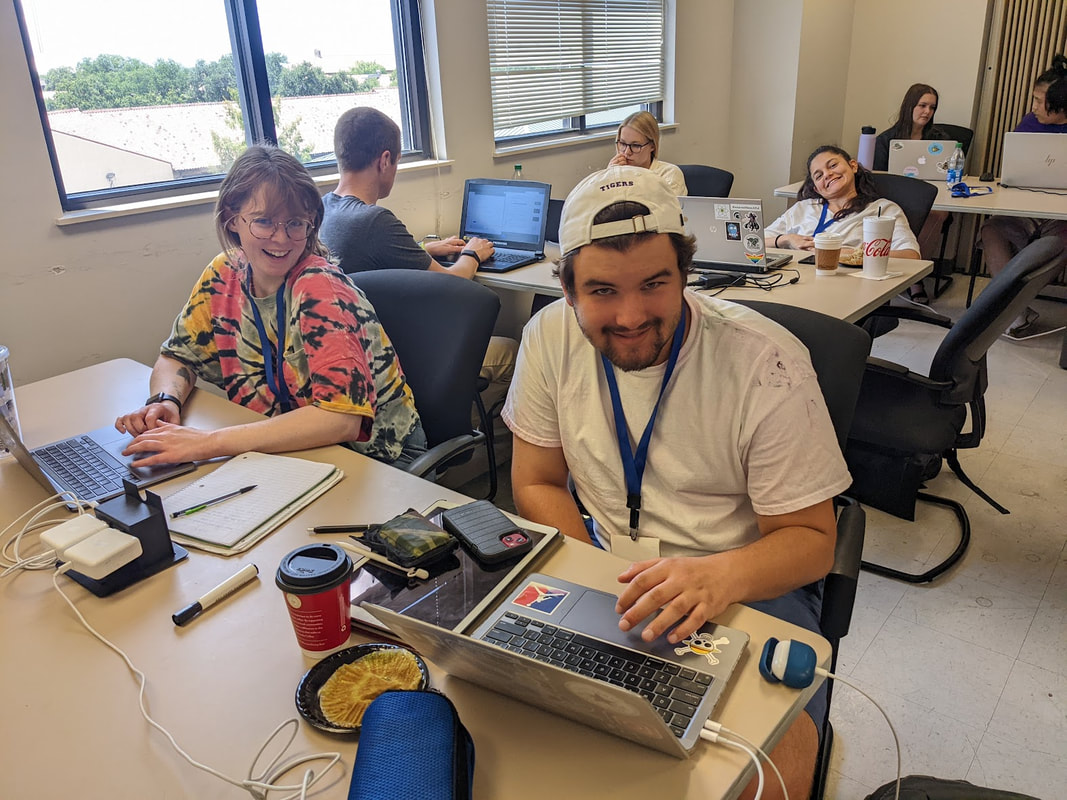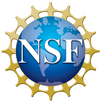What is the Origin of the Elements?
The universe was born with just hydrogen, helium, and traces of lithium. The question of how the remaining elements were created by nuclear reactions in stars, stellar explosions, and stellar collisions is the focus of IReNA. To learn more we encourage you to visit the science pages of the various participating networks.

